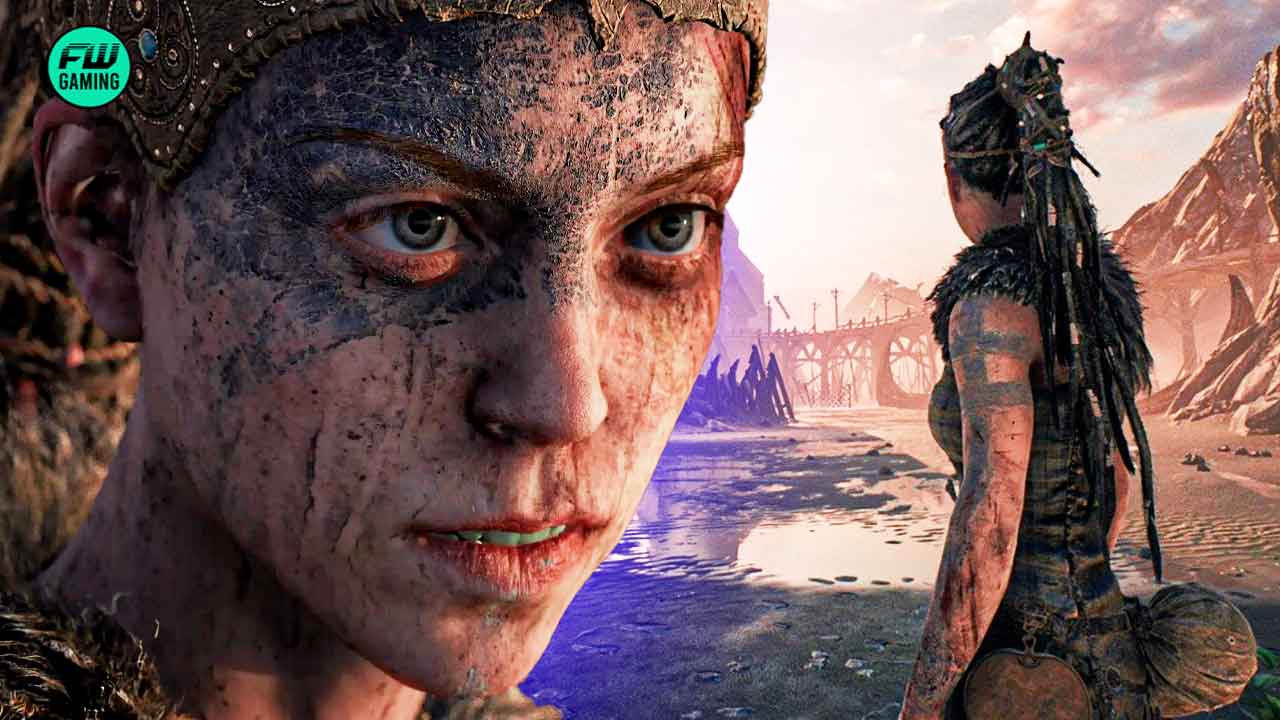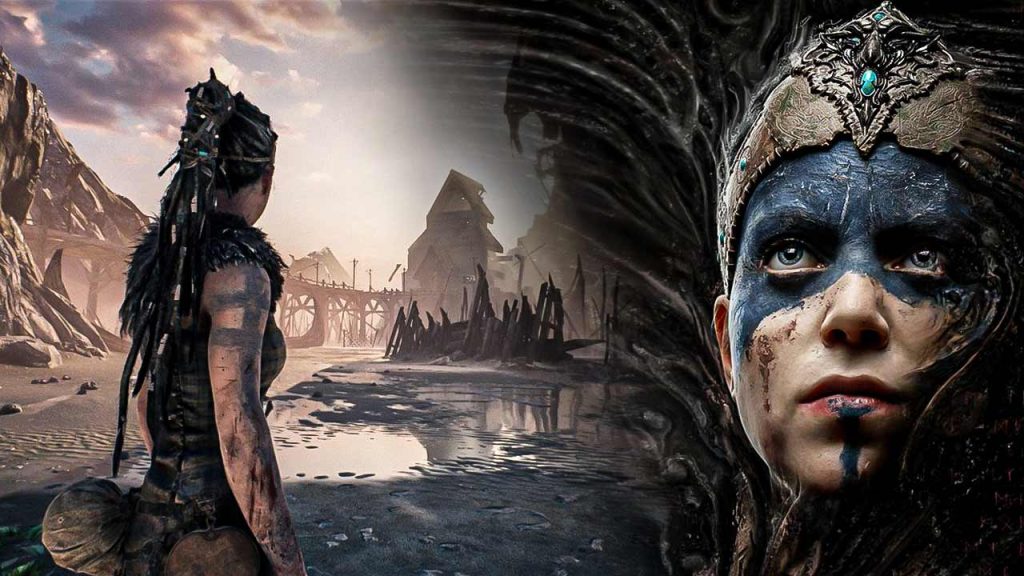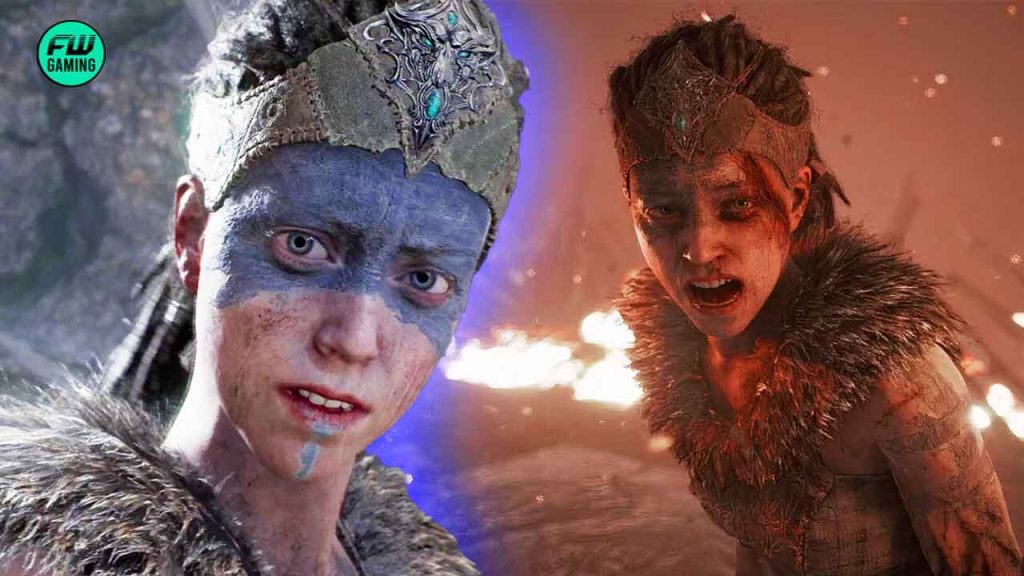Hellbade was initially released back in 2017 and became an instant hit due to its unique representation and depiction of mental illness through the journey of its protagonist, Senua.

Senua is a character inflicted with extreme psychosis, fighting with the demons inside her head in a battle to conquer her mind, while she travels the depths of the Norse underworld. The game received a lot of acclaim due to its disturbing and realistic portrayal of psychosis in the Celtic warrior Senua.
Making Hellblade was a Research intensive process
Hellblade was written and directed by Tameem Antoniades, chief creative director at Ninja Theory, and his team. It took 4 years for them to complete the game and the studio infused the hack-and-slash fantasy game with a realistic depiction of a character suffering from psychosis.

To refine the story further, Ninja Theory received a grant of $395,000 from a Biomedical research charity, Welcome Trust, which enabled Ninja Theory to do intensive research and make an ambitious game as an independent studio on their own terms.
During an interview with Game boss, Antoniades shed further light on the process of making Hellblade. He said –
Once we had decided that the game was about — it was more about fantasy and psychosis and how they relate to myth. Right at the start of the project, we knew it was not an easy subject to tackle. The potential for backlash, if we did it wrong, would be immense. We wanted to do our research.
We looked up who was local that could help us, and professor Paul Fletcher came up. We just Googled him. It turns out he’s a psychiatrist and a leading expert in psychosis, so we got in touch with him. He came to visit the studio. We also got in touch with Wellcome, the second biggest charity in the world, actually.
Antoniades went to great depths to portray psychosis in his game and create a character whose journey is so discomforting and unsettling, as she fights her way through the demons she sees without knowing the difference between reality and fiction. To make sure Senua’s psychotic journey was depicted with the utmost empathy, with the help of Fletcher and Welcome Trust, Antoniades held several meetings with diverse groups including people who had gone through psychosis in their lives. Shedding further light on this he says –
Through them, we were in touch with Recovery College East, the main collaborators. Tracey [Tingey], who runs this group, invited several people to the studio, all people who have lived experience of psychosis and mental illness. They were all willing to talk and share about their experiences. We kept coming back to them every two or three months or so, right from the time we announced the project. In the design stages in the project, we met with them, and we continued to meet with them. We’d show them what we were doing and talk to them about their experiences. Then, we folded that all into the game design and kept doing that until we finished the game.
Hellblade is one of the first games to depict mental illness in such a hyper-realistic setting. The environment and gameplay design are well embedded in the soul of the game which talks about the journey of a mentally ill warrior, walking in the depths of Norse underworld.
Fluid development process
The development process of Hellblade was very fluid as the story was being written along with the production of the game as it was liable to changes after the feedback sessions from the research groups.
Antoniades, while talking about the development process of the game, said –
The development of the game was very fluid. The story was developing as we were learning more. The gameplay and the levels and art were developed alongside their feedback. We also spoke to a bunch of other people. There’s a voice-hearing group called the Voice Collective, which is an interesting group. It represents voice-hearers, people who acknowledge that they hear voices but who do not subscribe to the idea that that makes them mentally ill. We met with a group of people who would describe themselves as severely mentally ill. It was quite a broad range of people and experts in the end.

Hellblade’s success was due to the extensive groundwork done by Ninja Theory to learn about psychosis through psychiatrists, patients, and diverse groups that widened their scope of work and enabled them to look at Senua’s story with utmost empathy and depth that would not have been achieved had it lacked research and fluidity.




